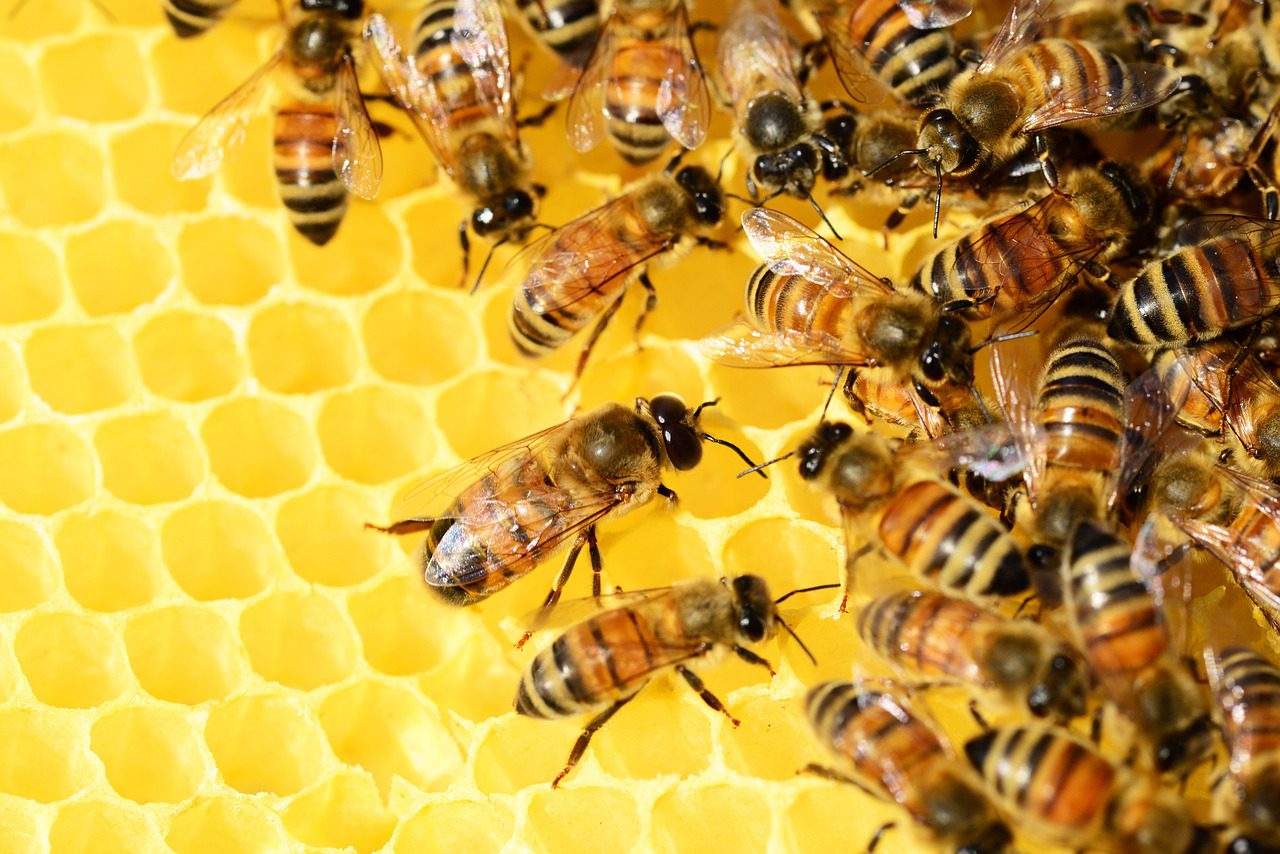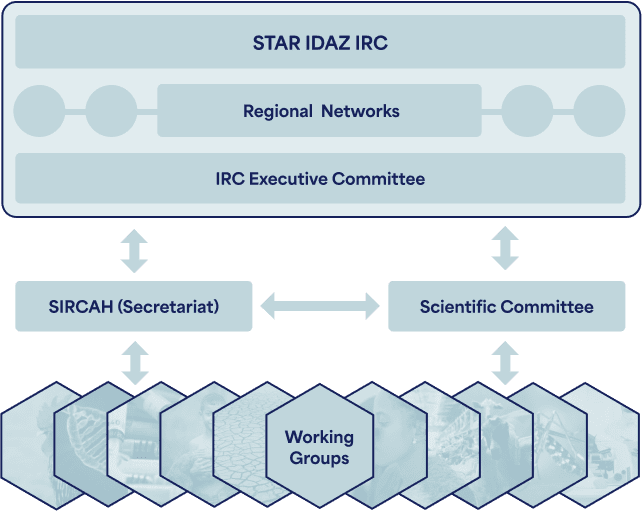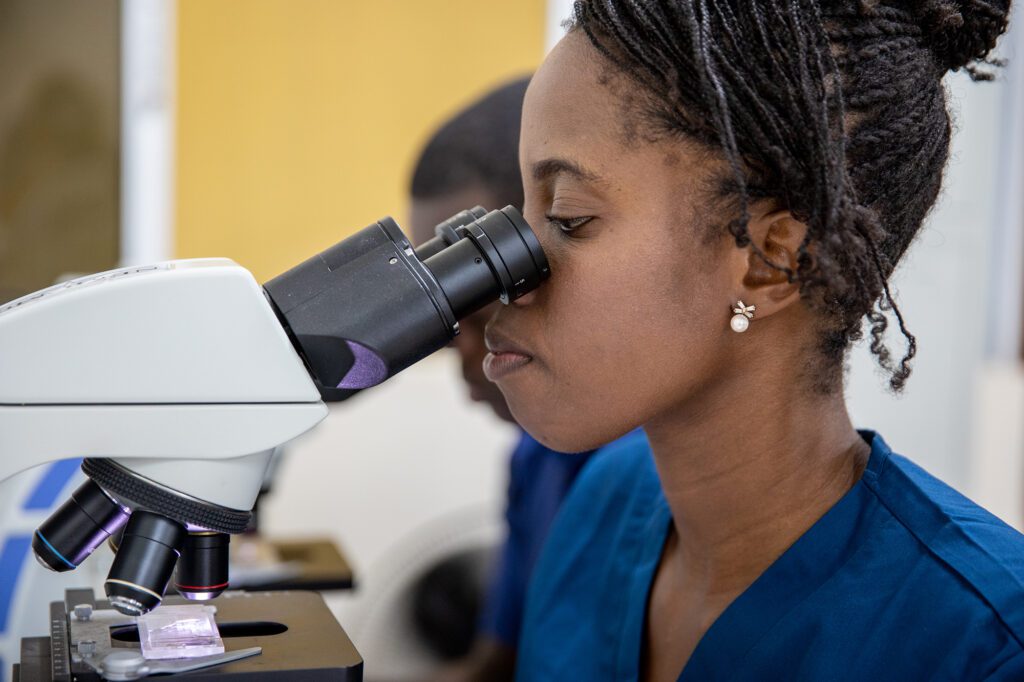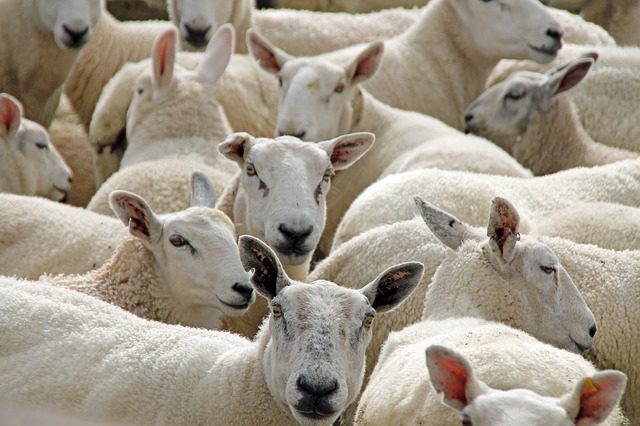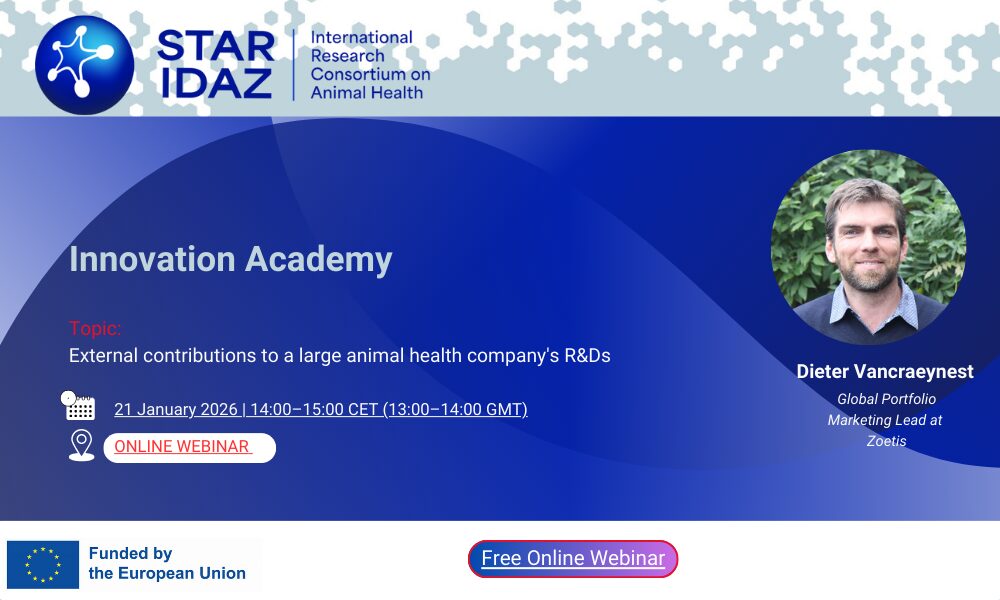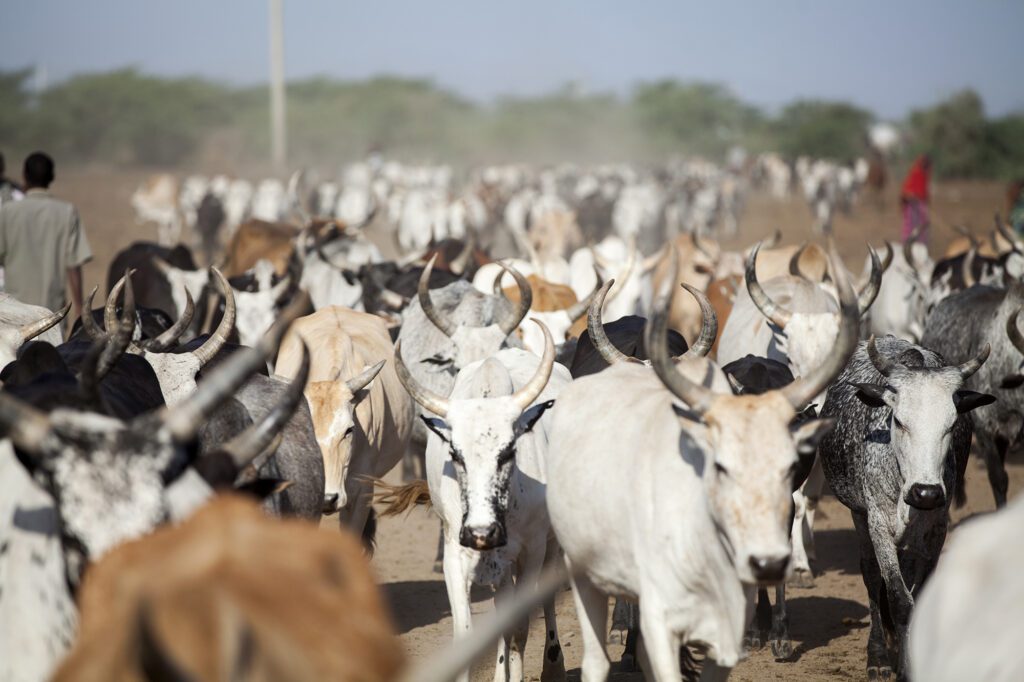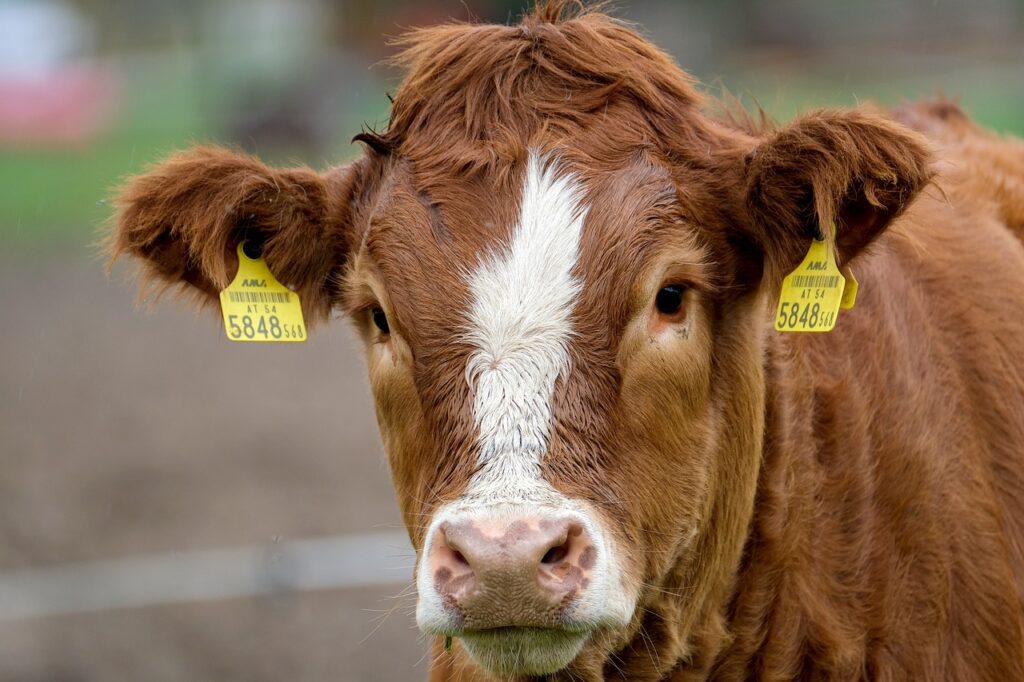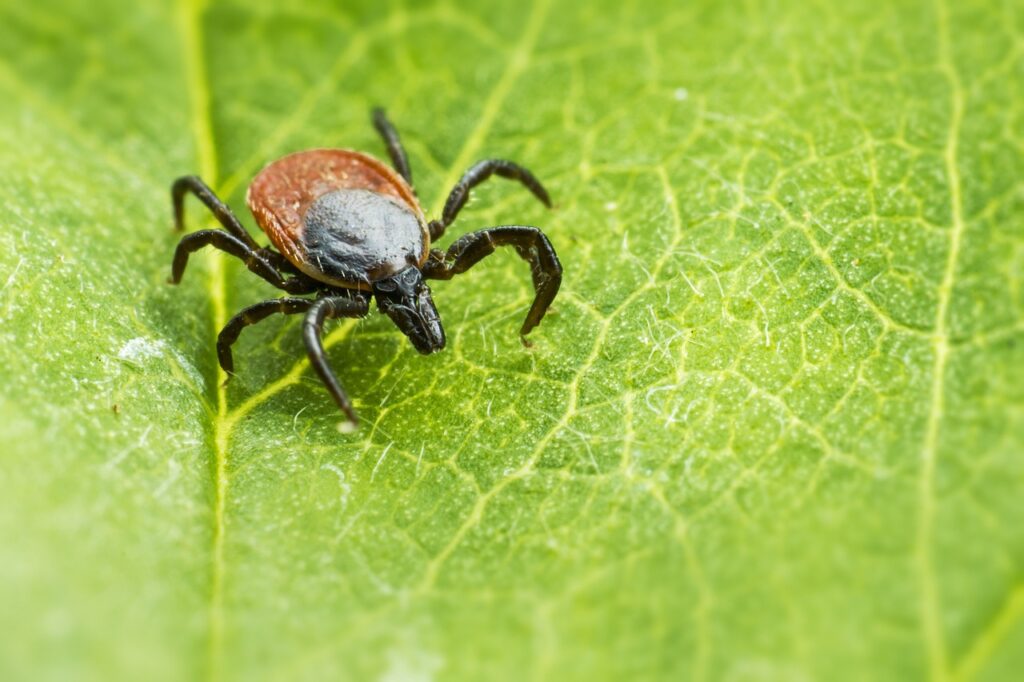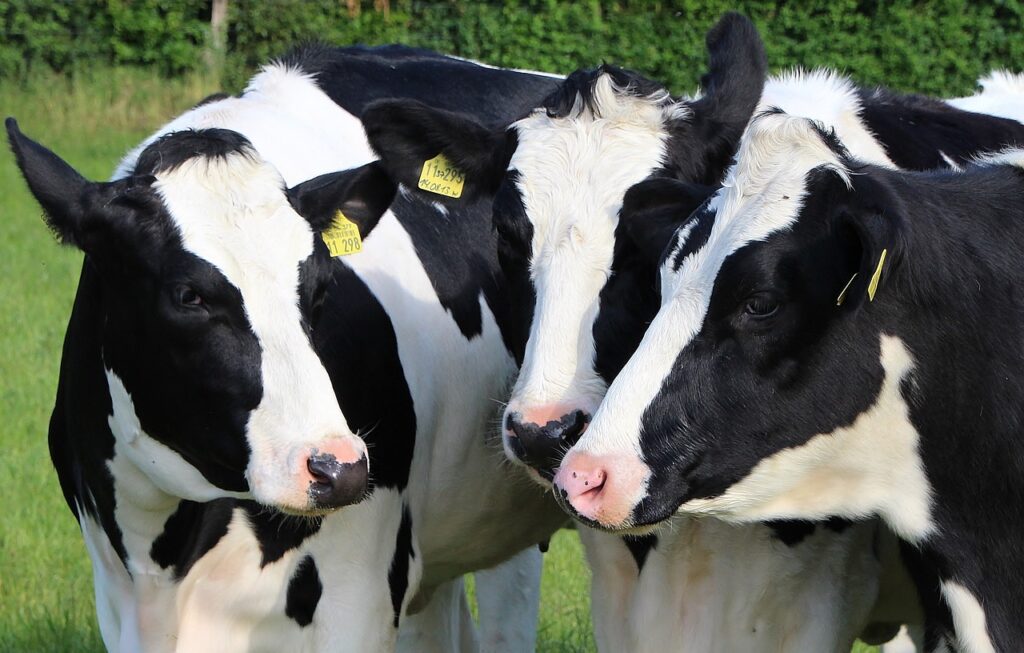Help build the STAR IDAZ community.
Share reports and updates on social channels.
News
Diagnostics paper published in new DISCONTOOLS & STAR IDAZ Collection
A paper on gaps in diagnostics has been published in the new BMC Veterinary Research article Collection “DISCONTOOLS & STAR IDAZ research gaps for infectious disease control in animals”. The article, Diagnostic gap analysis in animal health through combining public databases by Elhachimi, Ciria and…
STAR IDAZ Publishes Brucellosis Vaccine Workshop Report Highlighting Global Research Priorities
The STAR IDAZ International Research Consortium (IRC) has released the Brucellosis Vaccine Workshop Report, capturing key outcomes from the expert meeting held on 3 November in Costa Rica. The workshop brought together specialists from more than 18 institutions across 12+ countries, representing academia, WOAH reference…
Events
STAR IDAZ Innovation Academy webinar – External contributions to a large animal health company’s R&D
January 21st - 21st, 2026
The 26th Biennal Congress of the International Organization for Mycoplasmology
July 6th - 10th, 2026
Krakow, Poland
ISTM2026 – International Symposium on Tuberculosis & Mycobacteria
February 2nd - 4th, 2026
Bangkok, Thailand
6th Edition of World Congress on Aquaculture, Fisheries & Marine Biology (WAC 2026)
June 25th - 27th, 2026
Barcelona, Spain
2nd International Meet on Vaccines Research and Immunology – VACCINEMEET2026
March 23rd - 25th, 2026
Budapest, Hungary
International Symposium on Tick-Borne Pathogens and Disease, ITPD 2026
March 22nd - 25th, 2026
Vienna, Austria
ICLPZD 2026: 20. International Conference on Livestock Production and Zoonotic Diseases
August 27th - 28th, 2026
Paris, France
2026 International Society for Vaccines Annual Conference
October 12th - 14th, 2026
Antwerp, Belgium

